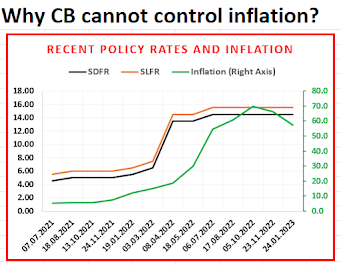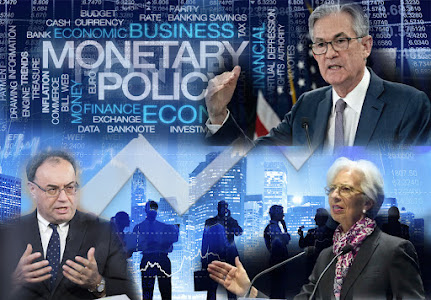Central Bank of Sri Lanka Bill -To destroy the country's monetary system?

As and when a country confronts a crisis, the habit of the bureaucracy across the world is to find scapegoats to coverup their lethargy, negligence and inefficiency in respective public duties. The frequent scapegoat is the lapses in relevant laws. Everybody knows that the present Sri Lankan economic crisis is the failure of the Central Bank bureaucracy which mismanaged the public debt and foreign currency markets. However, the Central Bank bureaucracy has got the support of the IMF and political leaders to blame the Monetary Law (MLA) for the crisis by not giving the privacy or autonomy to Central Bank officials to run the monetary system and the central bank on the public funds as they wish. As a result, a new bill to reestablish the Central Bank of Sri Lanka as proposed by the Minister of Finance with the approval of the Cabinet of Ministers has been published in the gazette on 23 February 2023. This is known as one condition for the approval of the IMF loan of US$ 2.9 bn for four


